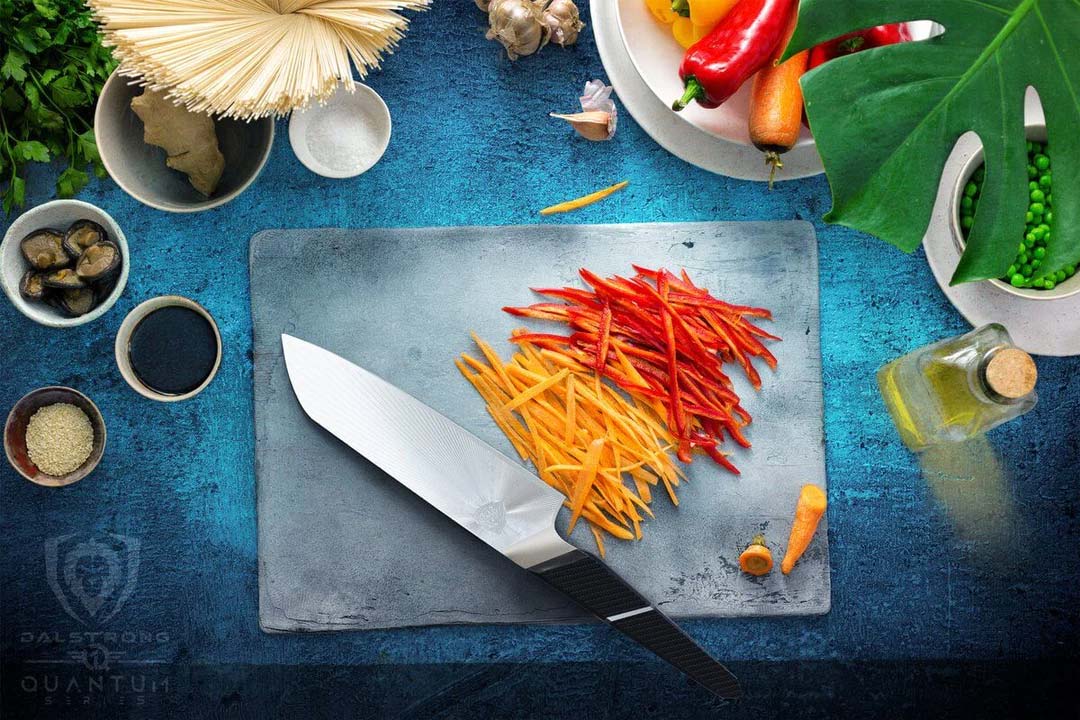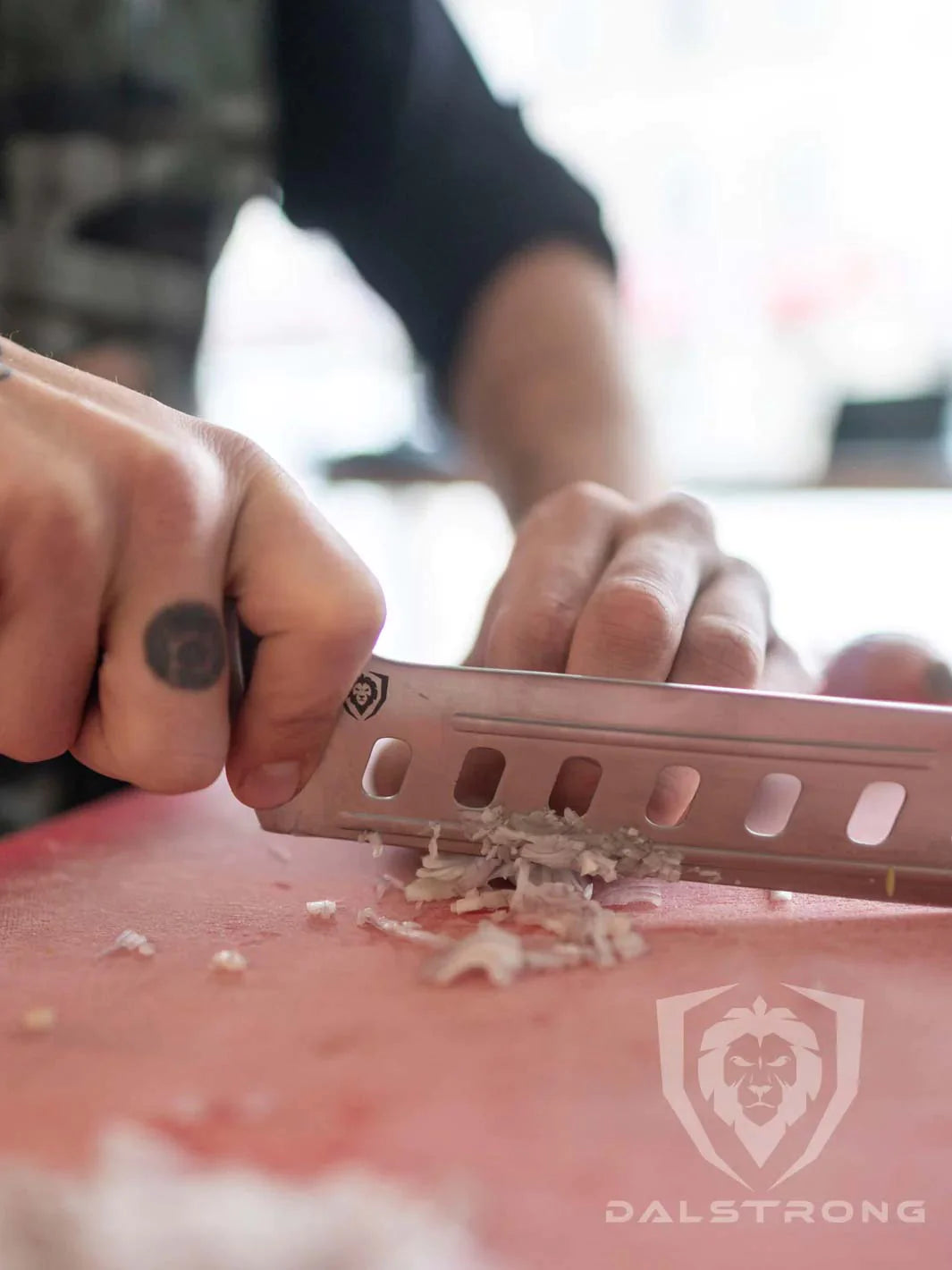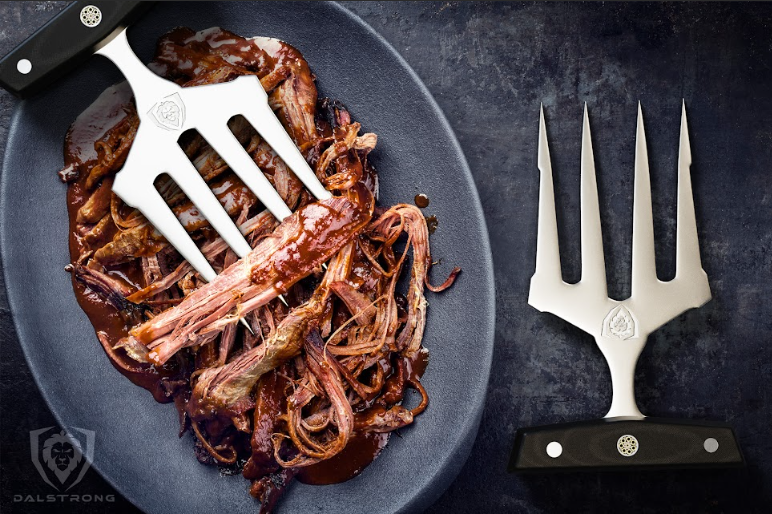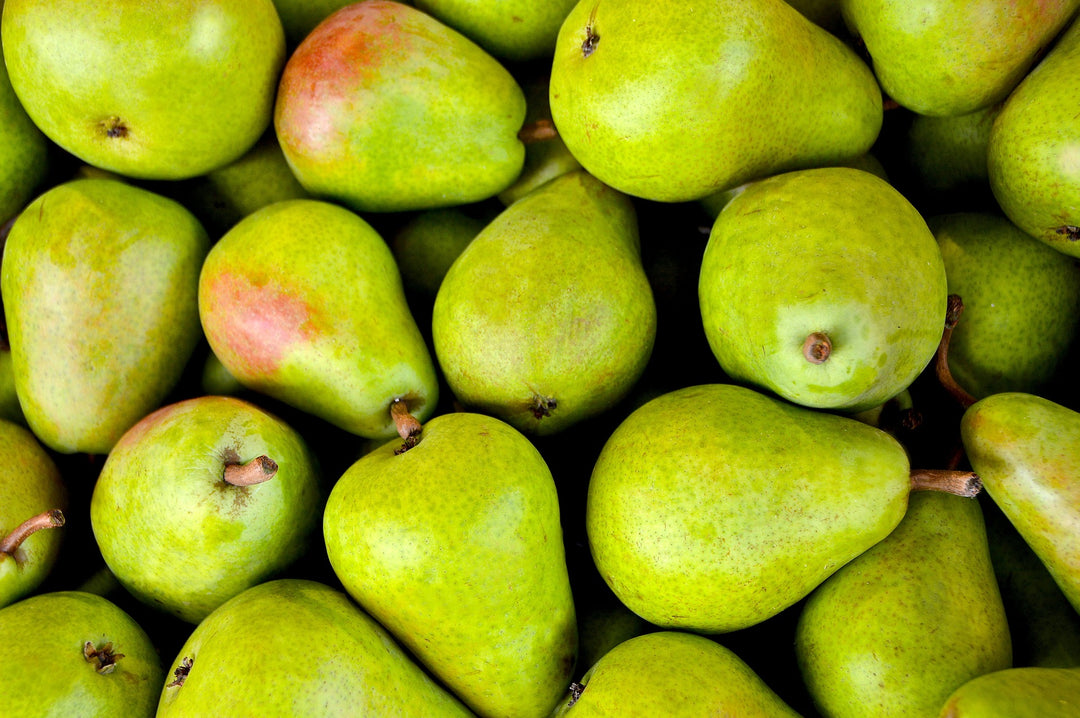How To Sharpen A Knife Without A Sharpener
Quick Overview: How To Sharpen A Knife Without A Sharpener
- With a coffee mug
- With a glass bottle
- With leather belts
- With a car window
- With a flat stone
- With a nail file
- With aluminum foil
Every cook knows that a dull knife can be inconvenient, to say the least, especially if you don’t have a sharpener at hand. Some people have improvised a few unconventional, homemade solutions to sharpen knives without a sharpener.
It might be very tempting to try these DIY methods, but there are significant risks associated with them. In this article, while we will explore each one of them, we will also discuss the advantages and disadvantages of different methods.
1. How To Sharpen A Knife Without A Sharpener
 Dalstrong #1000 / #6000 Grit with Nagura Stone & Rust Eraser Premium Whetstone Kit
Dalstrong #1000 / #6000 Grit with Nagura Stone & Rust Eraser Premium Whetstone Kit
These DIY knife sharpening techniques include the use of common and ordinary objects found at home, like a coffee mug and nail files. Other, more dangerous options, include a car window and a broken glass bottle. For the sake of making an informed decision, let’s briefly illustrate these techniques:
Warning
The options we are about to discuss are dangerous, and we strongly discourage you from trying any of them.
Sharpening a knife with a coffee mug
Some people turn the cup upside down and run the knife blade several times along the rough edge of the base. Other similar ceramic objects are often used as homemade knife sharpeners.
Sharpening a knife with a glass bottle
The knife is sharpened by passing the blade over the mouth of a glass bottle again and again. Some even use the rough edge of a broken glass bottle.
Sharpening a knife with leather belts
Quickly rubbing the blade on a leather belt, making several movements in one direction and then the other, can help keep a knife sharp; however, if the knife is already dull, this may not be the best technique.
Sharpening a knife with a car window
The knife is dragged back and forth over the rough edge of a car window with a quick, smooth motion.
Sharpening a knife with a stone
This one consists of sliding the knife blade across the surface of a river stone, a flat stone, slate or a brick.
Sharpening a knife with a nail file or sandpaper
Rough surfaces such as a nail file, sandpaper or an emery board can be used to sharpen a knife, running the blade along the entire length of the file or surface.
Sharpening a knife with aluminum foil
An alternative method involves folding a piece of aluminum foil four times until it forms a square, then inserting the knife blade and moving it in and out.
Once again, we can not stress how bad of an idea the above options are.
2. The Dangers Of DIY Knife Sharpening
 #400 / #1000 Grit Premium Whetstone Set Dalstrong
#400 / #1000 Grit Premium Whetstone Set Dalstrong
What at first appears to be a simple and inexpensive task can turn into an unpleasant moment. These are the reasons why we don’t recommend DIY sharpening:
Risk of personal injury
Knives require careful handling. Using the wrong tools for sharpening can result in serious injury and an unwanted trip to the emergency room. There are a hundred things that could go wrong.
For example, when sharpening with a coffee mug, the blade can splinter or break. When using a glass surface, the glass could break and leave small fragments on the blade that could later be ingested and cause injuries. With car windows, there is a high risk of the blade slipping.
Cross-contamination
If you use improvised objects without proper cleaning, harmful substances or agents can be transferred to food.
Damage to the knife blade itself
With DIY methods, you can damage the knife's edge, affecting its performance, safe use and durability.
Poor sharpening
Home sharpening can be deceptive. Sometimes knives may appear to be sharp, but in reality, they are not. This happens when you use tools that fail to restore the edge properly. This can also lead to injuries, by the way, as dull knives are more dangerous than sharp knives.
3. Why You Need A Professional Knife Sharpener
 #400 / #1000 Grit Premium Whetstone Set Dalstrong
#400 / #1000 Grit Premium Whetstone Set Dalstrong
These are the reasons why you should consider a professional knife sharpener, like a whetstone, instead of DIY methods:
Even sharpening
Sharpening stones are made of high-quality abrasive materials that guarantee an even and effective sharpening with consistent results.
Different grits for different needs
Sharpening stones come in different grits for different sharpening needs. You can choose one (or two) according to your blade’s specific needs: coarser grits for re-shaping the edge, finer grits for finishing and polishing, etc.
Safer
Even though you still need to work on your sharpening skills, whetstones are still safer than DIY methods, which can result in injuries. They offer more control over the process, which means less risks.
Sharpening stones are kinder to your knives
The material removal is gradual and controlled, with less compromise to the knife’s integrity.
High-end knives
High-quality chef's knives or specialty blades often require a finer sharpening, which is only possible with precision sharpening tools and almost impossible with, let’s say, a coffee mug or a broken glass.
4. Recommended Dalstrong Whetstones
1. #1000 / #6000 Grit with Nagura Stone & Rust Eraser
The perfect investment for those who want to ensure proper care for their high-quality knives and tools. The kit includes all the essentials for great sharpening: a #1000 grit stone for dull or damaged blades, a #6000 grit that acts as a finisher for mirror polishing, a Nagura flattening stone for leveling and conditioning the two sharpening stones, and a rust eraser to rub away any possible corrosion.
PROS:
- Almost needless to say, this is a very complete set to maintain blades sharp and shiny. The sharpening stones even come with their own maintenance flattening stone!
- It can be used on both German and Japanese style knives, as well as scissors, and other tools.
- The stones are large, almost oversized, to increase the sharpening area and provide efficient sharpening with fewer strokes.
- Premium construction with top-grade corundum (aluminum oxide).
- The carefully handcrafted Acacia wood base acts as a sturdy surface and convenient storage solution.
CONS:
- You may require coarser grits for severely damaged blades.
- While these large stones can be advantageous for sharpening more knives and tools, they are not exactly lightweight or meant for carrying with you.
2. #1000 / #6000 Grit Combo with Oak Storage Box
Now, this kit here is for the modern chef who’s always on the go. The totally portable set includes a #1000 grit stone to sharpen and a #6000 grit stone to polish, all inside a solid oak wood storage box that is elegant as it is convenient.
PROS:
- Perfect for traveling or adventurous chefs, since it is compact enough to allow sharpening on the move. Scalpel-like edges no matter where you are.
- Made of premium Corundum: a durable abrasive material that ensures excellent sharpening results.
- It comes with a non-slip silicone mat for more stability during the sharpening process.
- The kit comes with premium packaging, a sharpening guide and after service care.
CONS:
- The portability of the kit may come with some size limitations if you work with larger knives or tools.
- Whetstones, including the one in this kit, require regular maintenance. This kit does not include a Nagura stone like the previous one.
3. #3000 / #8000 Grit - Premium Whetstone Set
The Dalstrong 3000/8000 Grit Premium Whetstone Set (first link) includes two whetstones with grit levels of 3000 and 8000. This set offers a wider grit range for those cooks who have specialized sharpening needs, for example, high-end knives or special tools which require finer grit for a more refined edge.
PROS:
- A higher grit kit like this one is better for an exceptionally refined and smooth edge, enhancing cutting performance.
- If you’re a fan of the Japanese sharpening process, then you start with a coarser grit and then you need a kit like this for refining.
- Thanks to the premium packaging, this is the perfect gift for chefs, home cooks, students or just knife enthusiasts.
- The stone’s size is above average, increasing the sharpening surface.
- The stones are made of premium materials to resist wear and provide top performance for a long time.
CONS:
- The set is compatible with a beautiful Dalstrong Acacia Wood Base, but you have to buy it separately.
- The set starts at 3000 grit, which may not be ideal for bringing significantly dull blades back to life.
4. #400 / #1000 Grit - Premium Whetstone Set
This set covers a wide range of sharpening needs. It includes a #400 grit whetstone that will take care of your heavily worn blades, and also an all-purpose #1000 grit whetstone for a sharp, mirror-like finish. All, with the top-Grade Corundum construction that characterizes all Dalstrong whetstones.
PROS:
- Individual stones for each grit, which means they will last longer and there is no cross-contamination.
- Perfect for seriously dull blades.
- Double the average size of competitor stones.
- Cost-effective option for those seeking quality tools to cover different sharpening needs, from super-dull to just retouching.
CONS:
- For finer blades, you’ll need finer grit.
- This kit does not include the beloved wooden base so highly praised by Dalstrong’s clients.
5. Frequently Asked Questions About Sharpening Your Knives
Do you need knife skills to sharpen your knife?
Learning some basic knife skills and techniques before sharpening your knives can make the process easier and, most importantly, safer. However, both knife skills and sharpening skills are easy to learn with a little practice.
Which grit is better for dull knives?
For seriously dull knives, a coarser stone grit is recommended, somewhere between 200 to 1200 grit, depending on how dull the knife is.
How do you sharpen hunting knives?
Usually a 1000 grit stone will do just fine with hunting knives. In this case, coarser grits are better.


















































































































































































































































